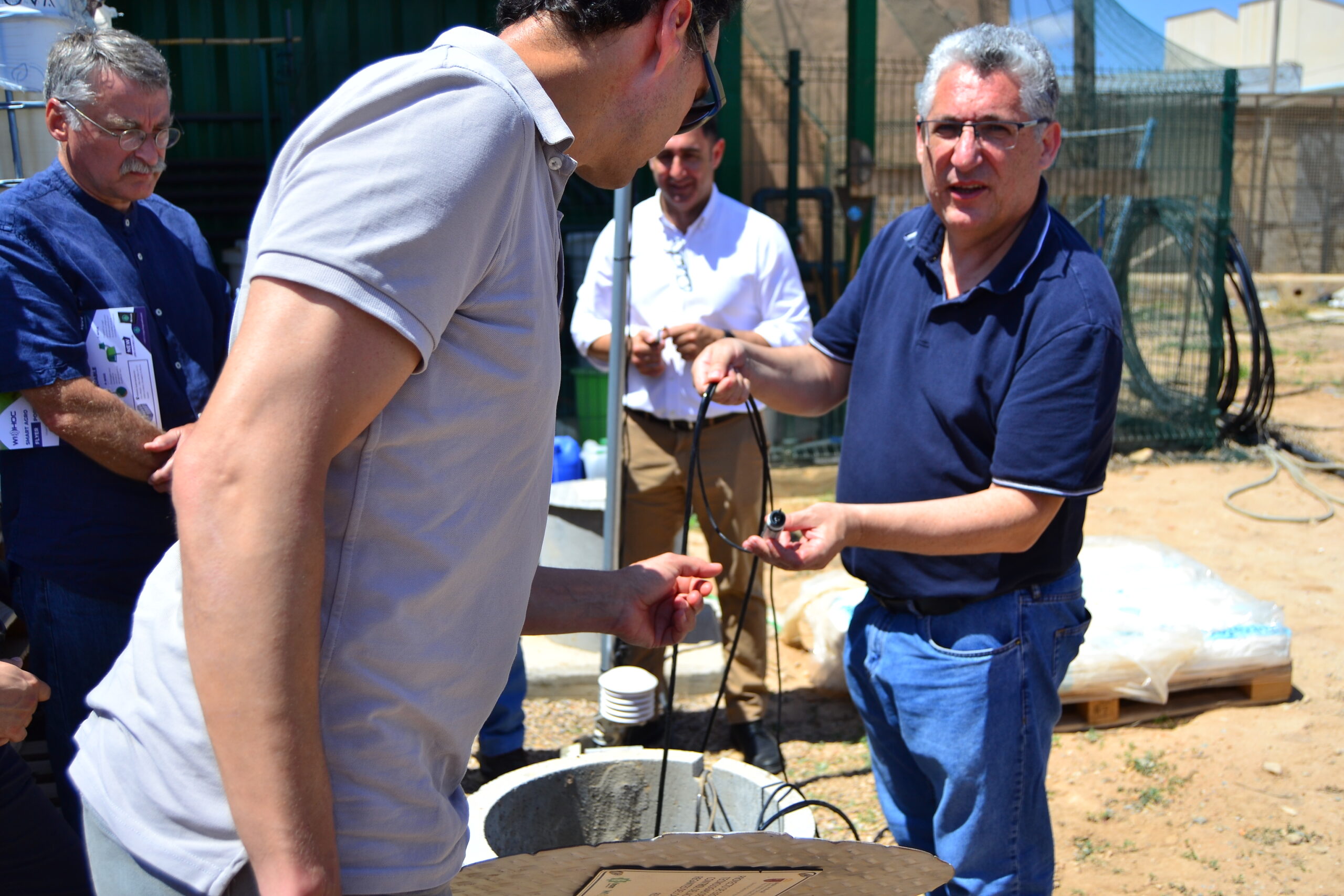
What we do
In our CLEPSYDRA project, hydrogeologists, agriculture experts, water users, water public agencies and clusters are sharing their knowledge and skills to find common solutions to address the water scarcity in the Mediterranean area by developing solutions to better manage aquifers.
Our work is organized in 4 main steps:
- To make of the state of art of the monitoring solutions
- To develop new monitoring solutions
- To test the developed solutions into real conditions
- To disseminate the results and develop pedagogical tools to inform all publics regarding aquifer
ACTIVITY 1

Sensors used to mesure water level and water quality | Spain
ACTIVITY 1 | Assessment of monitoring capacities in pilot areas and identification of key gaps
To benchmark best practices in the Mediterranean piloting area and conclusions to reduce the gap in the project study cases.
ACTIVITY 2
ACTIVITY 2 | Tools development for groundwater data monitoring and interpretation
To standardise and improve the groundwater monitoring systems in the pilot sites and to develop a Decision Support System (DSS) to guide groundwater and agricultural professionals in their managing tasks.

Exemple of innovative solution developed in Cartagena | Spain
ACTIVITY 32

Monitoring zone in Campo de Cartagena | Spain
ACTIVITY 3 | Piloting in real conditions
To test in real conditions in the 4 pilot sites (3 partners’ countries) the improved groundwater monitoring networks and the use of the DSS.
ACTIVITY 42
ACTIVITY 4 | Capacity building and social awareness
To increase institutional capacity of organisation working with groundwater management and the agriculture sector and to enhance the whole understanding of general society about the aquifers in the Mediterranean area.

When the Aquifer meets the Menor sea | Spain

